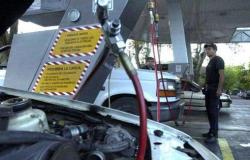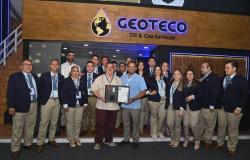What is NASA’s robot like to search for extraterrestrial life?
Unlike traditional four-wheeled rovers, EELS stands out for its elongated and flexible design, inspired by snakes. This allows it to adapt to a wide variety of terrain, from ice to sand and rock surfaces, with unprecedented mobility.
Equipped with stereo cameras and sensors, EELS can map its environment in three dimensions, analyzing and processing everything around it. This ability allows it to identify possible habitats and detect signs of life with great precision.
Communication between Earth and deep space can be slow. Therefore, EELS is programmed to make decisions autonomously, evaluating its environment and taking the necessary actions to fulfill its mission. With 48 motors and special gear wheels, it moves like a reptile, overcoming obstacles and exploring areas that are difficult for a traditional rover to reach. Its design provides exceptional grip on different types of surfaces and terrain.
Since its conception in 2019, the team at NASA’s Jet Propulsion Laboratory (JPL) has conducted multiple tests to perfect the mobility and autonomy of EELS. Currently, this robot weighs around 100 kilograms and is 4 meters long. The development of EELS represents a significant advance in the search for extraterrestrial life. Its innovative design, autonomy and exploration capabilities make it an invaluable tool for exploring inaccessible places and searching for signs of life on other worlds.
What is the objective of the EELS robot
The ultimate goal of EELS is to explore places like Saturn’s moon Enceladus, where underground oceans are thought to exist that could support life. With its ability to glide through ice and examine its chemical and physical composition, it could provide answers to one of humanity’s most fundamental questions: Are we alone in the universe?
The development of the automaton is funded by the JPL Next technology acceleration program and has the collaboration of several universities, including Arizona State University, Carnegie Mellon University and the University of California, San Diego.
Although not currently part of any specific NASA mission, continued testing and improvements point to a future in which EELS could play a crucial role in planetary exploration and the search for life beyond Earth.






